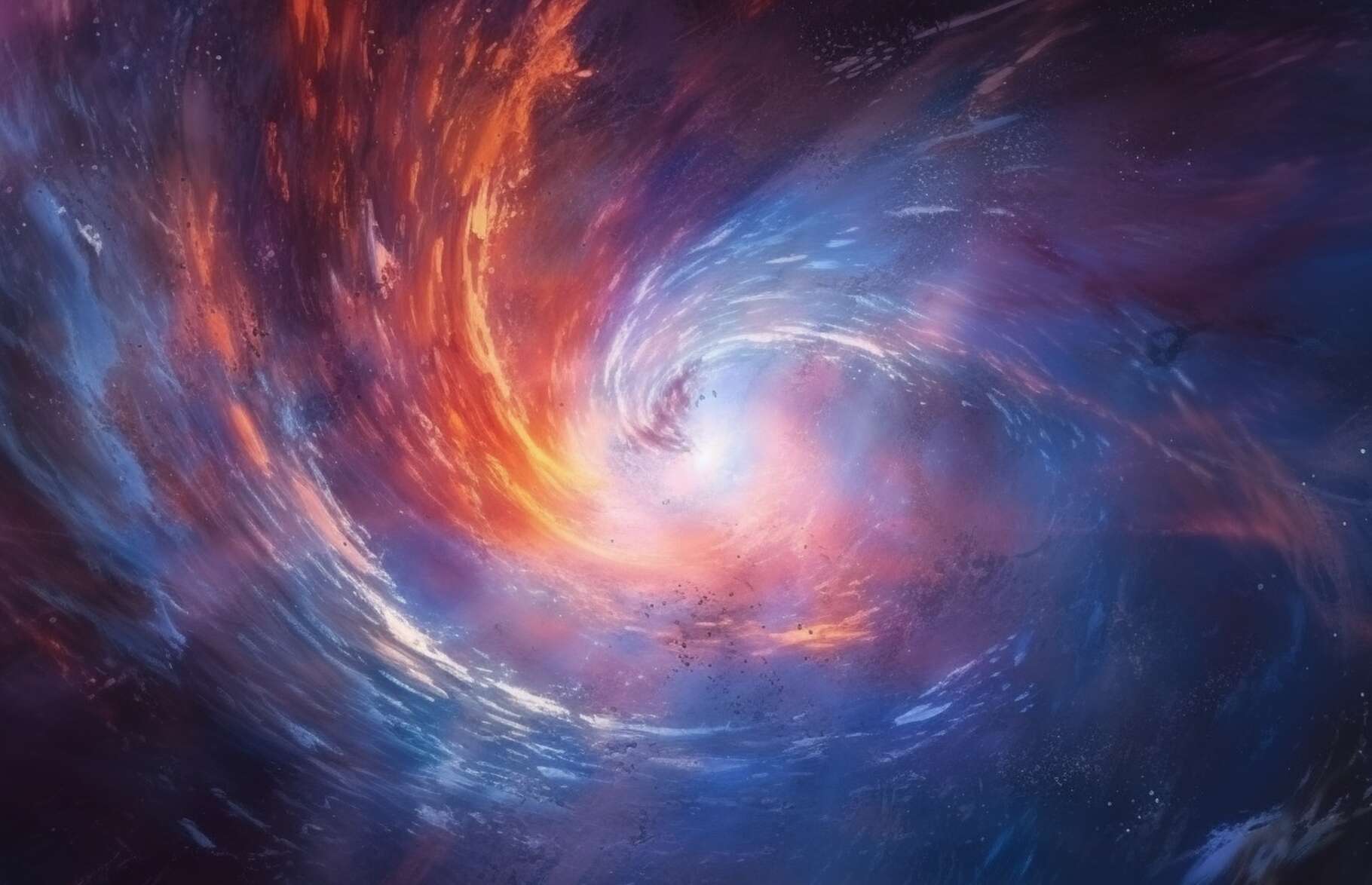For a cloud of gas and dust to collapse and then condense enough to produce a star, a cosmic wind is required. The theory predicted it. Astronomers have finally confirmed it through observation.
This will also interest you
[EN VIDÉO] Watch the formation of two twin stars. Astronomers have captured two disks in the heart in very high resolution images, one of which…
About 460 light-years from our Earth, it is what astronomers call a dark cosmic cloud. Code name: CB26. And researchers from the Max Planck Institute (Germany) decided to see what was happening there. They dedicated major resources to observing the formation of a young star in this cloud in particular, hoping to finally unlock the secrets of star formation in gas clouds.
Before we find out what they present in the journal Astronomy and Astrophysics, let’s point out that astronomers already knew that stars form in cosmic clouds when a denser region collapses under its own gravity. The temperature rises to such an extent that nuclear fusion reactions are triggered. The hydrogen in the cloud turns into helium. Everything releases energy and the star begins to shine.
Slowing down the stars in training to give them a chance
But there’s still what researchers call the angular momentum problem. The laws of physics dictate that the angular momentum of the gas cloud is conserved. So, in theory, as the cloud’s radius decreases as it turns into a star, the whole thing starts spinning faster and faster. This risks the protostar literally being torn apart by centrifugal forces before it can even initiate the nuclear fusion reactions that should ignite it.
“It would all take place in the accretion disk that forms around it.”
Astronomers came up with an idea to explain how to slow the rotation of protostars enough to prevent the worst from happening. Everything would take place in the accretion disk that forms around it. This disk would both provide material that would help the star shine and help conduct angular momentum away. How ? Thanks to a kind of cosmic wind, a disk wind. Originally hydrogen gas. As it rotates in the accretion disk, the hydrogen heats up. Its electrons are ripped away from its protons. The whole thing forms a plasma that creates a magnetic field through its movements. Some of this plasma drifts through the field lines. And when plasma collides with neutral matter, it is carried away in a kind of wind. At the same time it removes its angular momentum.
The role of cosmic winds in star formation confirmed
A nice theory that researchers found difficult to prove through observation. However, in 2009, the team from the Max Planck Institute was able to observe the movement expected for such a wind. Thanks to the network of radio telescopes on the Plateau de Bure (Alps). It was also in the cosmic cloud CB26. But astronomers had failed to estimate the extent to which this wind was transporting material away from the young central star. However, this element remains important for understanding whether the disk wind can extract enough angular momentum from the protostar and prevent it from being shredded.
Gas clouds and the birth of stars
This time, thanks to much higher resolution observations and sophisticated modeling, astronomers were able to measure the dimensions of the flow more than 8 billion kilometers away. This is more than enough to transport a significant portion of the protostar’s angular momentum far away. Secret revealed! But observations on CB26 continue to try to capture some additional details.

